When Isaiah Sloss and Leilanu Jackson think of incredible and memorable summer experiences during their high school years, it’s Indiana University Bloomington’s enrichment programs for science, technology, engineering and mathematics that jump to mind.
Both participated in the Jim Holland Summer Science Programs for high-achieving, underrepresented students in science entering grades 9 to 12. The programs offer them opportunities to learn more about the STEM fields through interaction with faculty and hands-on projects in the field and in the laboratory.
Both Sloss and Jackson said the camps were exciting and instrumental in establishing their career paths.
"I think that was the first time I learned you could go to a college and participate in science and do research hands-on with faculty," said Sloss, who will graduate from the IU School of Medicine this semester and begin a residency in psychiatry with Indianapolis-based Community Health Network. "It was an eye-opening experience, and I got to meet other minorities interested in the sciences."
"One of the biggest lessons it taught me was to be confident in your own ability," said Jackson, a junior at IU Bloomington who will start an accelerated master's program in public affairs in the fall at the Paul H. O'Neill School of Public and Environmental Affairs.
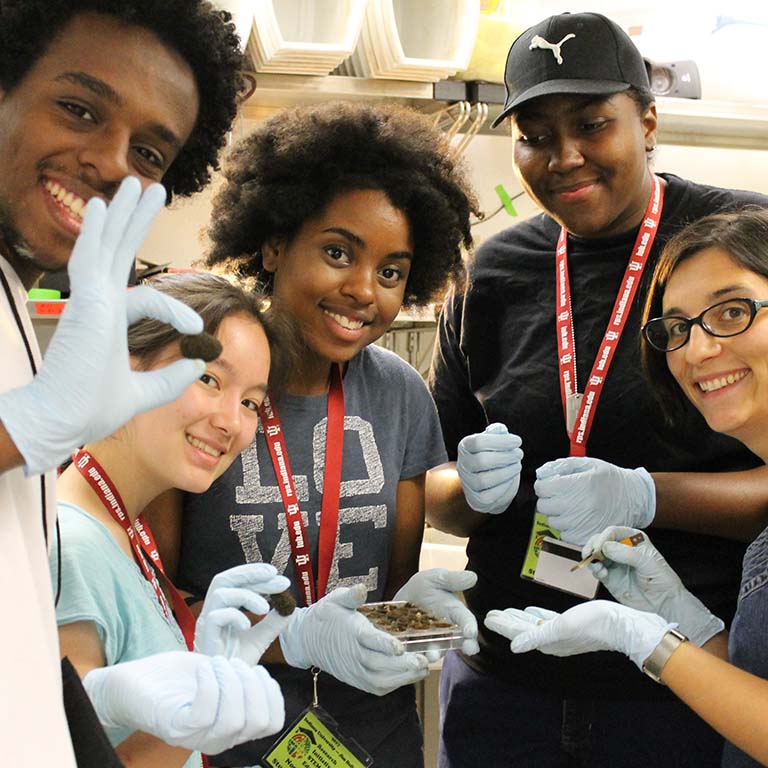
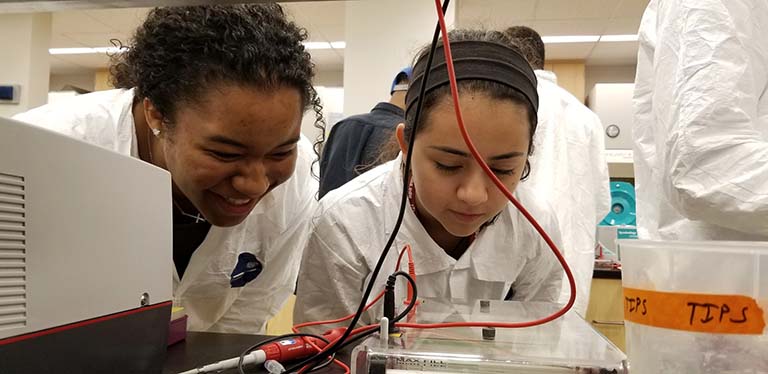
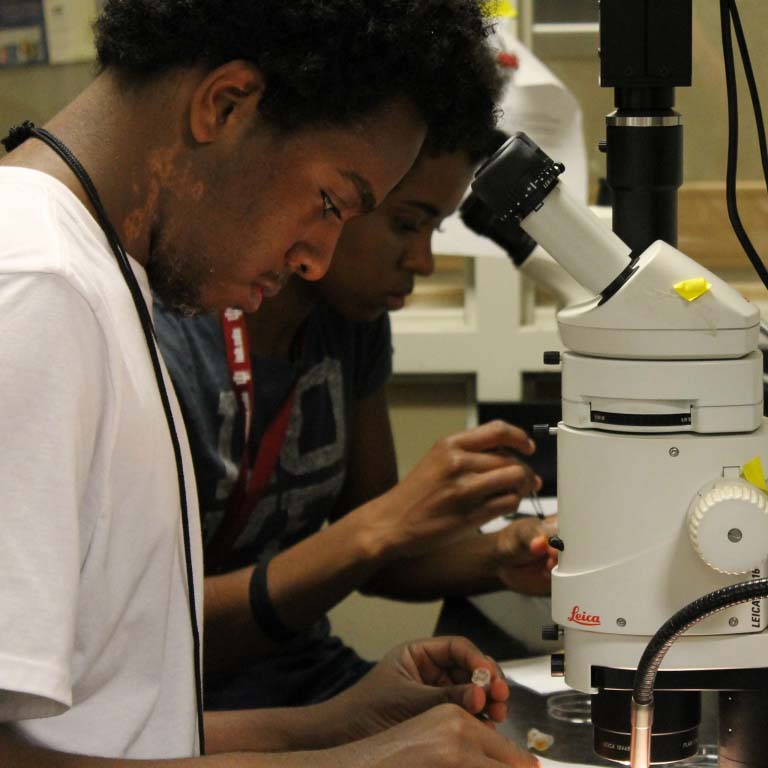
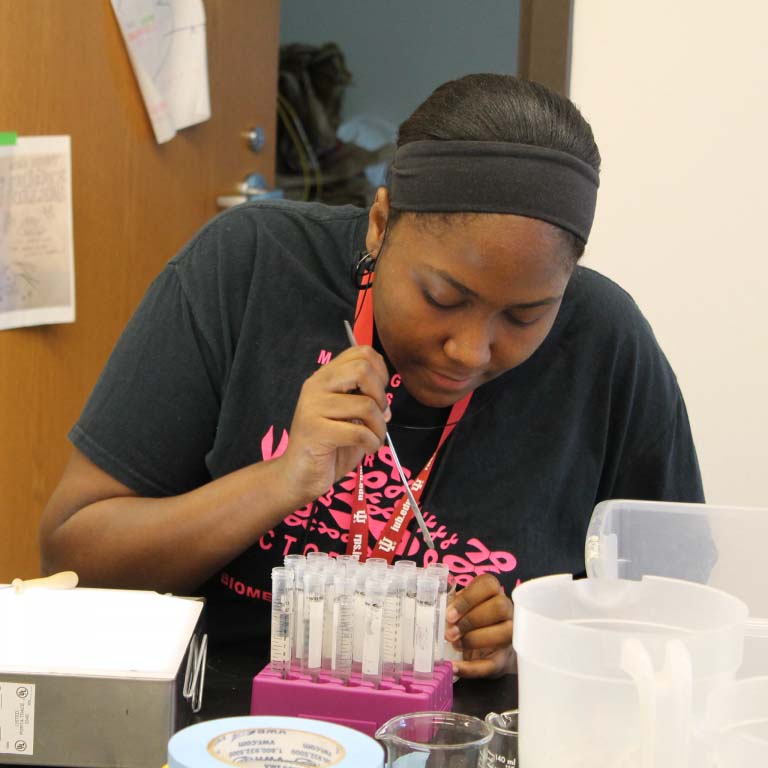
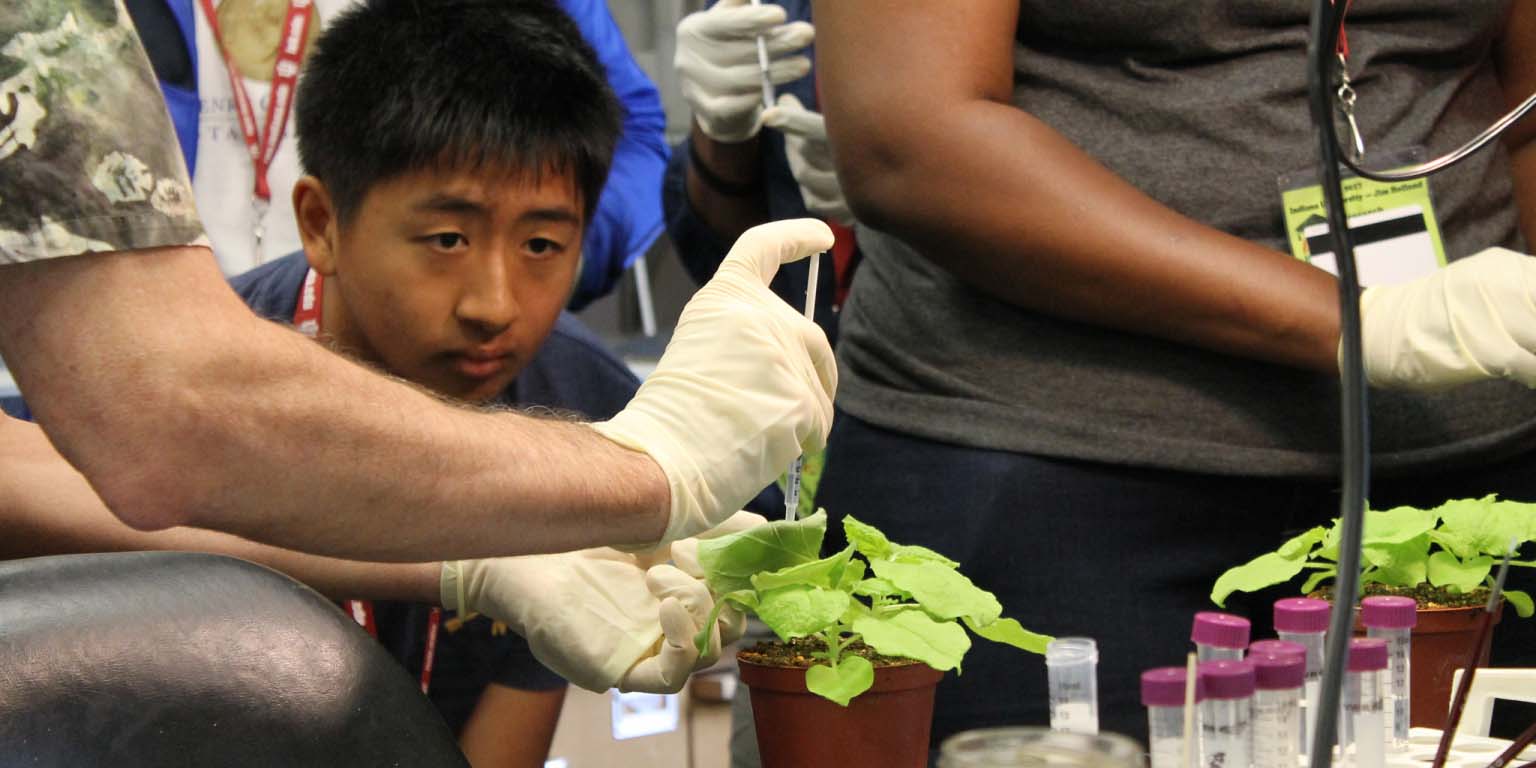

 The College of Arts
The College of Arts